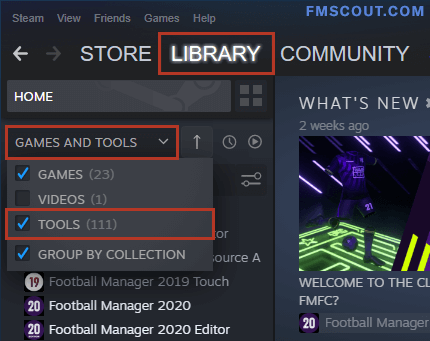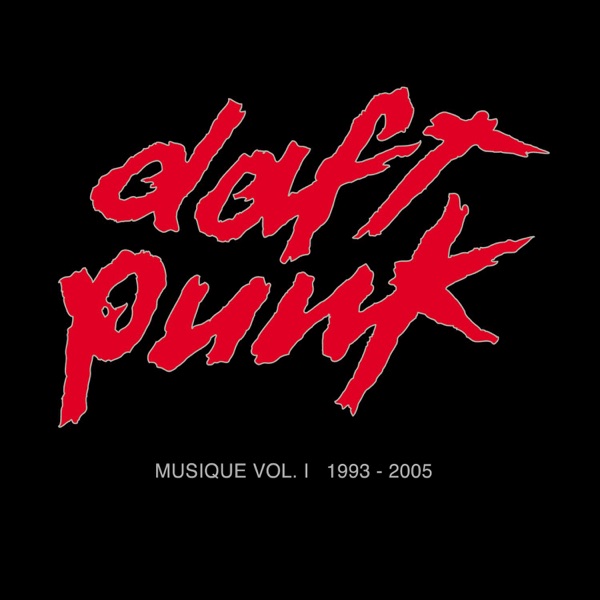

#HOW GET AROUND FFP FM EDITOR PLUS#
This is the least desirable cost-reimbursement contract for the buyer since all costs incurred by the seller are reimbursed plus a percentage of them.

Therefore, once costs go above $118,750, the contractor incurs 100% of them. PTA – ((ceiling price – target price)/buyer’s share ratio) + target cost This is the PTA and is calculated like this: It looks like this:Īt some point, because I’m not paying any more than $125,000 total, the share ratio goes to 100% contractor and 0% me. Alternatively, any costs beyond $110,000 will be paid 80% by me and 20% by the contractor, which eats into his profit. That means that if the contractor is able to make the equipment for less than $100,000, his profit goes up by $.20 for every dollar he saves. Next, assume we agree to an 80/20 share ratio. Target Price – $110,000 (target cost + target profit) We agree that if he can make the equipment for that, he deserves a $10,000 incentive fee, which means I would pay the price of $110,000.

We agree that I will pay no more than $125,000 for this piece of equipment and that it should cost the contractor $100,000 to make. Let’s assume I want to purchase a custom piece of equipment that a contractor will make. I know that’s confusing, so let’s consider this example. The share ratio then is used to calculate the point of total assumption (PTA), where the buyer stops contributing to cost overruns and all additional costs incurred come from the seller’s profit. Finally, each agrees to a share ratio of cost overruns or underruns. Both added together become the target price. Then both parties agree upon a target cost (FP) and the target fee (IF). This is a contract where buyer and seller share some risk and can both benefit from the seller out-performing agreed-upon metrics. In this type of contract, a ceiling price is established (the maximum amount the buyer will pay). A price is set from the outset and will not change unless there is a change in scope.
#HOW GET AROUND FFP FM EDITOR SOFTWARE#
Learn how operations management software can keep your facility safe and running efficiently year-round.


 0 kommentar(er)
0 kommentar(er)
